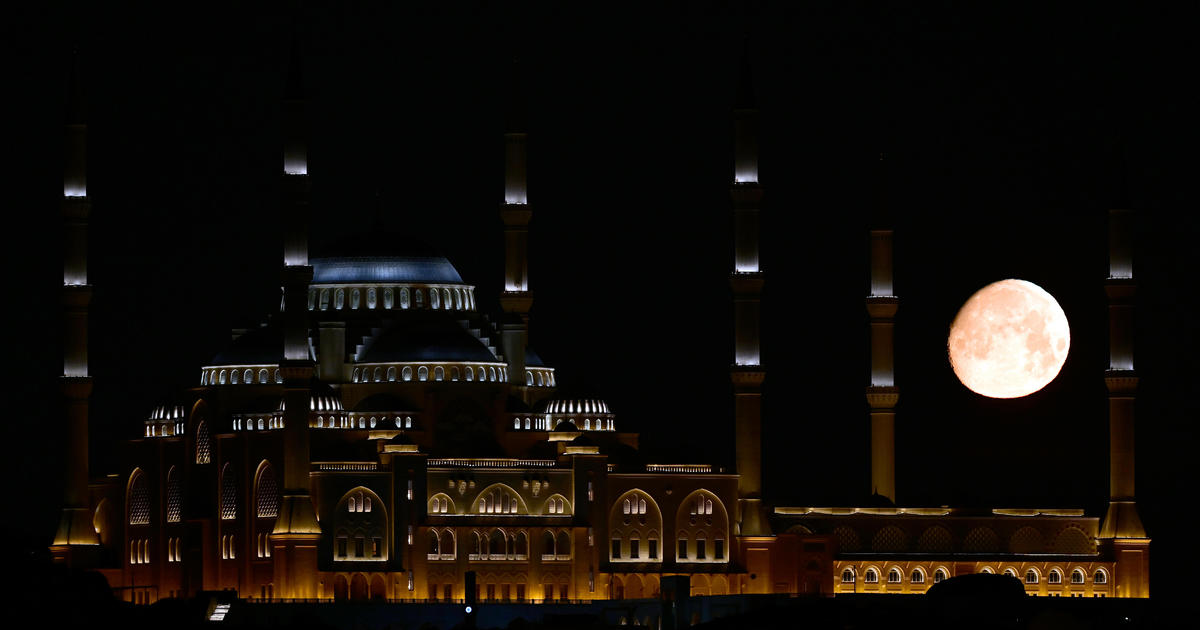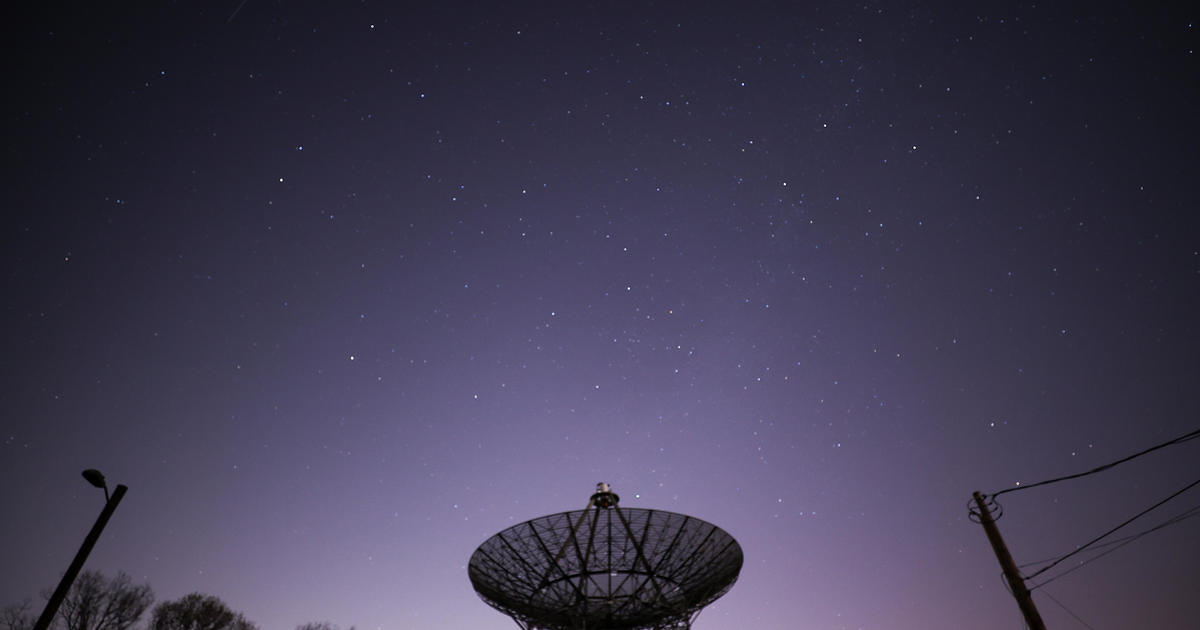How to see the first (and last) full "supermoon" of 2017 this weekend
The sky will be illuminated with a brighter than usual glow from the moon Sunday as Earth welcomes its first -- and last -- supermoon of 2017.
This supermoon won't be quite as special as last year's. On November 14, 2016, the moon was closer to Earth than at any time in almost 69 years. The full moon won't come that close again until 2034.
But that doesn't mean Sunday's view won't still be spectacular.
The supermoon may appear up to 14 percent larger and 30 percent brighter than usual.
Here's what you need to know about the upcoming supermoon:
What is a supermoon?
A supermoon occurs when a full moon coincides with what scientists call the moon's "perigee" -- the point in its orbit when the moon makes its closest approach to Earth. When the moon is both full and closest to us, we get a big, bright supermoon.
This phenomenon can also cause physical effects on Earth. Its stronger gravitational pull can cause larger than usual tides and create heightened flood risks.
NASA points out that "supermoon" is not an official astronomical term, but one that has caught on with the public. The term was originally also used to referred to new moons at perigee, but since new moons are not visible from Earth, they're rarely called supermoons.
What time is the supermoon?
For sky gazers in the U.S., the moon will become totally full at 10:47 a.m. ET on Dec. 3. It will officially reach perigee the next day, Dec. 4, at 3:45 a.m. ET when it is 222,135 miles away from Earth -- nearly 16,000 miles closer than it normally is throughout the year, Space.com reports.
Where can I see the supermoon?
The forecast may change, but Weather.com meteorologist Chris Dolce predicts parts of the Southeast coast, including Florida, will have the best odds for clear skies.
"Portions of the Northeast and mid-Atlantic may also have good viewing conditions, but that will depend on how quickly a weather system moving through departs those regions this weekend," Dolce said on Weather.com. "It's too early to pinpoint areas that will have the best viewing conditions since it will depend on the evolution of that weather system and how fast it moves east."
The Virtual Telescope project will also provide a livestream of the supermoon's rise over Rome's legendary skyline on Dec. 3, starting at 4 p.m. UT (11 a.m. ET).
When is the next supermoon?
Don't worry, if you miss the show on Sunday, you'll have another opportunity to catch a supermoon (or two!) in January. The first two full moons of 2018 will both be supermoons -- one on Jan. 2 and a second on Jan. 31.




